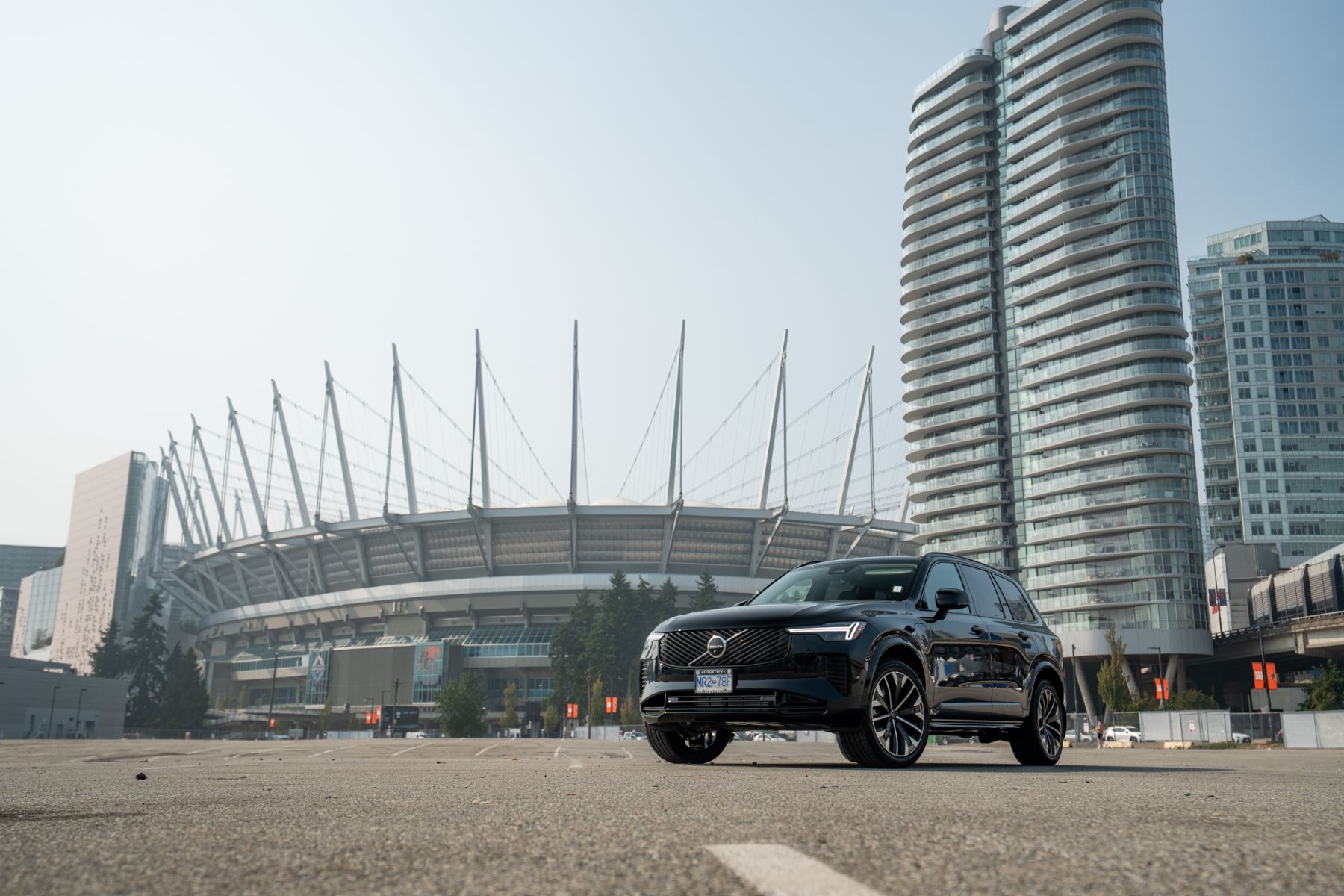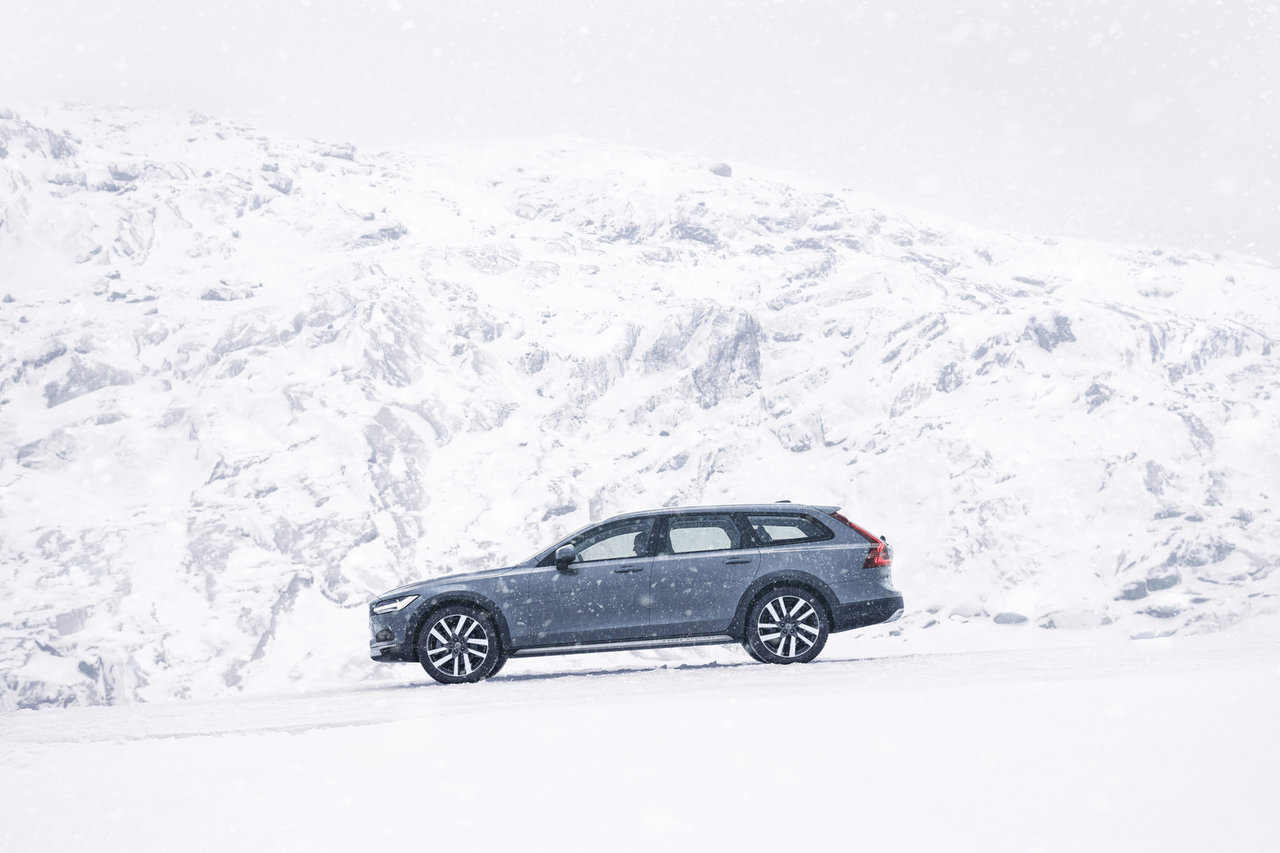
What Are Your Winter Tire Options on the Volvo XC90?
If you drive an XC90 in Metro Vancouver, winter can mean cold rain in the city and snow on the way to Squamish, Whistler, or the Coquihalla. Below...
Read moreMorrey Volvo Cars Burnaby

As Canadians, we love out AWD system. We understand the performance and prestige they bring, but most importantly, we understand how valuable they can be in winter, especially when being put to use in a brand new Volvo.
For the non-Recharge models, a Haldex AWD system is employed. Haldex is a pro-active system in that provides advance pressure to the system’s clutch – if the rear wheels don’t require power since they aren’t any slip, no power is sent there, saving fuel. Once slippage is detected, power is then sent to the rear wheels through the primed clutch for instant response. In winter, expect the system to be working double-time as we are often dealing with slick conditions.
If we transfer to the newer Recharge plug-in hybrid models, the situation changes. Volvos like the XC90 Recharge or S90 Recharge don’t feature a traditional driveshaft to direct power to the rear axle wheels. Instead, there is an EV motor installed there and that’s how AWD is achieved.
The big advantage of this is how the EV engine can be employed as both an AWD system for improved traction, but also as a way of providing full-EV motoring. Either automatically or through driver intervention, the EV motor can take on full duties of the moving the vehicle all on its own. Further, in certain drive modes, both the EV motor and gas motor are employed for peak performance, even in dry conditions.
The final piece of the puzzle are the full-EV Recharge models. They employ EV motors on both the front and rear axles, providing AWD as standard for vehicles such as the C40 and XC40 Recharge. The are geared to act many as rear-wheel-biased drives, but power can be split up to 50/50 front/rear if the situation requires it.
Either way, your Volvo has you covered this winter.

What Are Your Winter Tire Options on the Volvo XC90?
If you drive an XC90 in Metro Vancouver, winter can mean cold rain in the city and snow on the way to Squamish, Whistler, or the Coquihalla. Below...
Read more
Why You Should Consider the 2026 Volvo XC90 T8 Plug-in Hybrid Plus Dark
You want an SUV that makes the weekday commute quiet and efficient, then takes your family up the Sea-to-Sky without a second thought. The 2026...
Read more
2026 Volvo XC90 B6 AWD Ultra Bright 6-Seater: FAQ
Power, Fuel, and Towing in BC What engine and power does the B6 have? A refined 2.0-litre mild-hybrid four-cylinder with about 295 hp and 310 lb-ft...
Read more